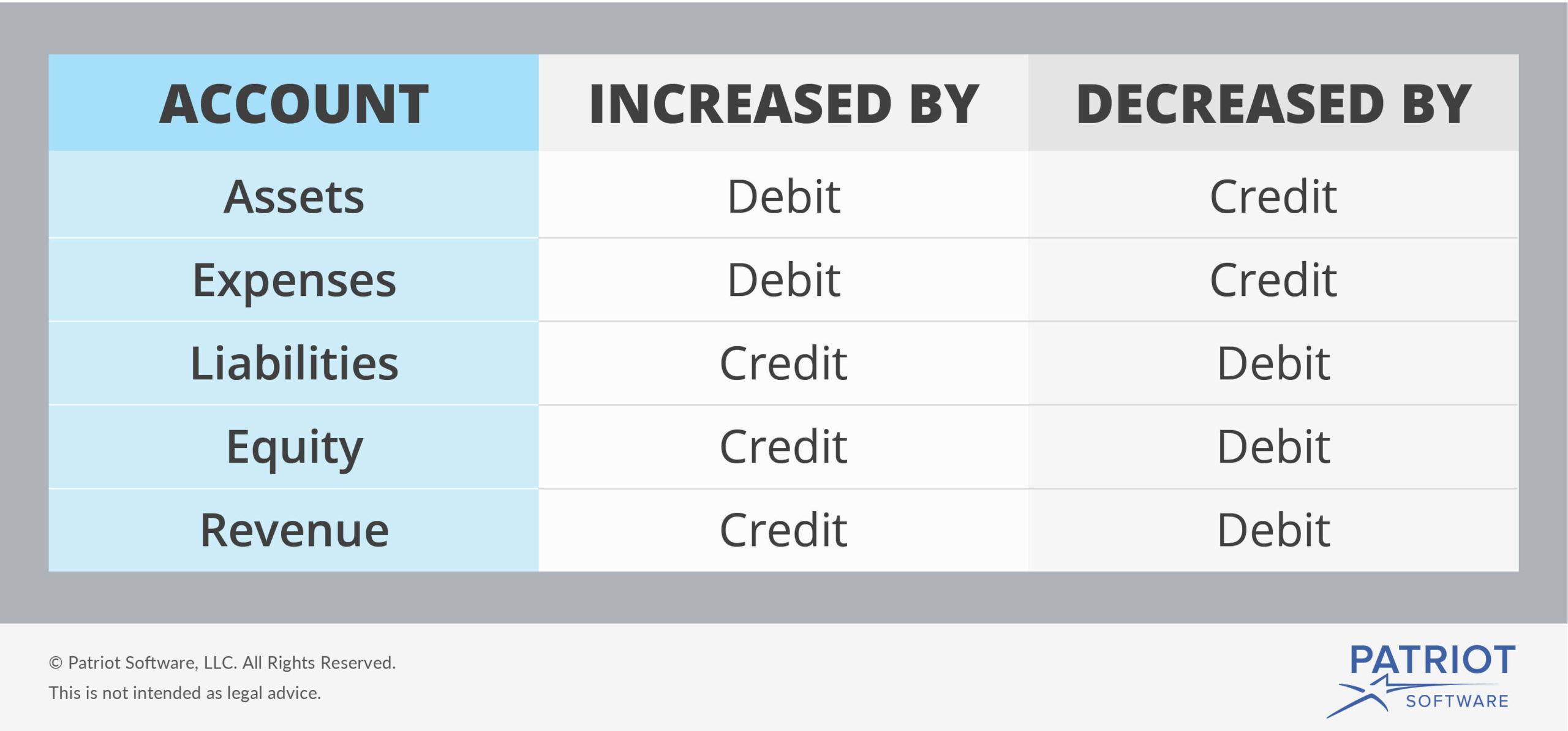
A transactions listing is a compiled list of all debits and credits in your general ledger (GL) for a specific period. Therefore, your AP transactions listing lists only debits and credits that hit your accounts payable account. This report can be helpful if you need to see individual journal entries in your GL accounts. Debits and credits are used in a company’s bookkeeping in order for its books to balance. Debits increase asset or expense accounts and decrease liability, revenue or equity accounts.
Internal Payments
When you provide goods or services on credit, the amounts due are recorded in accounts receivable until you receive payment. Keeping a close eye on accounts receivable helps you ensure timely payments from customers, which is vital for maintaining a healthy cash flow. An increase in the accounts payable indicates an increase in the cash flow of your business. This is because when you purchase goods on credit from your suppliers, you do not pay in cash.
Get in Touch With a Financial Advisor
This might happen if you adjust or reverse the expenses you previously recorded. For example, For example, let’s say you were charged for a service you didn’t end up using, and the vendor issued a refund. You would credit the expense account for that service to reflect the refunded amount.
What is the approximate value of your cash savings and other investments?
They’re recognized under the accrual method of accounting at the time they’re incurred, not necessarily when they’re paid. Both are liabilities that businesses incur during their normal course of operations but they’re inherently different. Accrued expenses are liabilities that build up over time and are due to be paid. Accounts payable are current liabilities that will be paid in the near future. Tracking expenses and payables accurately is essential for claiming tax deductions. If accounts payable aren’t recorded accurately, this could lead to an overstatement or understatement of expenses, impacting tax deductions.

This means while you’re receiving a discount on your accounts payable, you can give a discount on your accounts receivable to customers that make early payments. Ensuring that accounts payable are paid on time will help strengthen your company’s relationship with your suppliers. In return, the suppliers will likely offer attractive discounts so that you can save more and stay connected with the supplier. You can calculate the accounts payable by generating accounts payable aging summary report, if you are using QuickBooks Online Accounting Software.
Your business finances — simplified
If the company is employing a perpetual inventory system, the debit part of the entry would consist of “inventory account” rather than the “purchases account”. On the other hand, credits decrease asset and expense accounts while increasing liability, revenue, and equity accounts. In addition, debits are on the left side of a journal entry, and credits are on the right. When learning bookkeeping basics, it’s helpful to look through examples of debit and credit accounting for various transactions. In general, debit accounts include assets and cash, while credit accounts include equity, liabilities, and revenue.
When looking at basic examples of accounts payable, you will often be referencing a purchase or vendor invoice. When this is a short-term debt, you will later debit balance your AP account when you pay back the obligation. Accounts payable can be categorized into trade payables, non-trade payables, and taxes payable. Trade payables refer to payments on goods or services, and non-trade payables refer to business expenses that don’t directly affect operations (e.g. utility bills).
- For example, consider the case of an air ticket invoice for business travel sold to a company that makes widgets.
- Since you’ve purchased goods on credit, the accounts payable is recorded as a current liability on your company’s balance sheet.
- Accounts payable are a type of account that records money you owe to others in the short-term.
- 11 Financial is a registered investment adviser located in Lufkin, Texas.
- The equation is comprised of assets (debits) which are offset by liabilities and equity (credits).
Once you’ve reviewed all the invoices, the next step is to process those payments. You need to keep a track of your accounts payable to know when the payments are due, so you can make the payments to your suppliers on time. Generally, QuickBooks provides a list of standard accounts, like accounts payable, accounts receivable, purchase orders, payroll expenses, etc.
Earlier, we mentioned that automation software can help make tracking accounts payable much easier. By reducing time spent on manual data entry, software updates, and vendor management, these products can xero guide to corporation tax help you cut costs and empower your accounting team to scale with your company. This tech can also prevent your company from costly mistakes and help better track data for accurate audit reporting.
Paying accounts payable too early might strain your cash reserves, but paying too late might damage relationships with suppliers or incur late fees. Efficient management of accounts payable helps maintain a healthy balance, ensuring that funds are available for essential business activities and investments. Under normal circumstances, they are normally unsecured, and non-interest bearing. In addition, it provides visibility into company spending and can help identify any potential issues or discrepancies. Accounts Payable (AP) is an accounting term that refers to money owed to suppliers, vendors, or employees for goods or services purchased on credit. When a company makes purchases from suppliers, it must debit its purchases account.
An audit report is a document generated by your auditors that reviews your company’s financial records. A formal audit will ensure that your financial statements are prepared in accordance with generally accepted accounting principles, or GAAP. Your accrual report will show all your accrued expenses for a specific period, irrespective of payment activity. You’ll often have invoices for each of these accrued expenses, but in some cases, you might not.